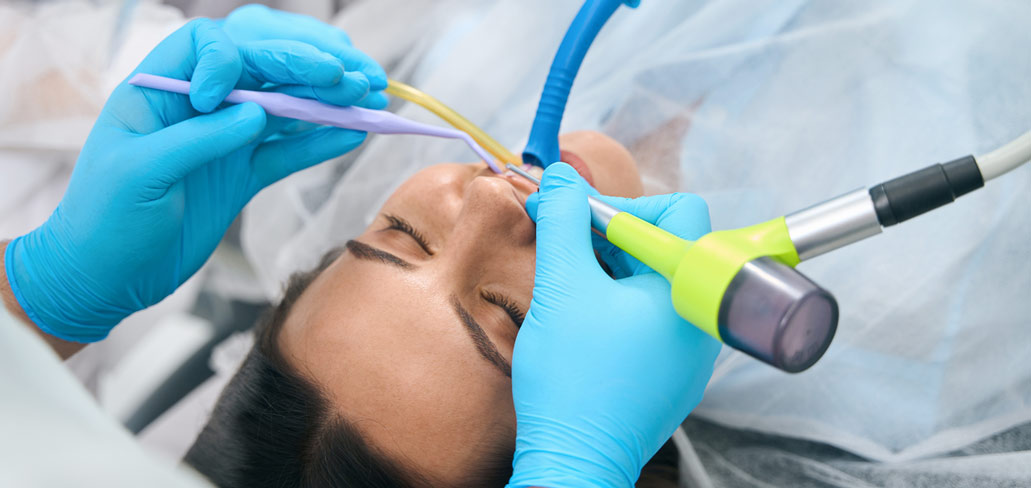Mastering Suction Techniques: Keeping the Oral Cavity Dry and Patients Comfortable
As a dental assistant, one of your most important roles is to maintain a clean and dry oral cavity during dental procedures. This is where effective suction techniques come into play. Proper suction not only improves the dentist’s visibility and access but also enhances patient comfort and overall procedure efficiency.
Types of Suction There are two main types of suction used in dentistry:
-
High-Volume Suction (HVE): This powerful suction is used to remove large amounts of water, saliva, blood, and debris from the oral cavity. It is essential for procedures like fillings, crowns, and extractions.
-
Saliva Ejector: This smaller suction device is used to remove excess saliva and fluids from the mouth during routine procedures like cleanings and exams.
Mastering Suction Techniques Here are some tips for mastering suction techniques:
- Proper Positioning: Position the suction tip strategically to effectively remove fluids without touching the patient’s teeth or gums.
- Gentle Suction: Avoid applying too much suction, which can cause discomfort or damage to the oral tissues.
- Anticipate the Dentist’s Needs: Be proactive and anticipate the dentist’s needs for suction during the procedure.
- Maintain a Clean Suction Tip: Regularly clean and disinfect the suction tip to prevent the spread of infection.
- Communicate with the Patient: Let the patient know what you are doing and reassure them that the suction is necessary for a successful procedure.
Benefits of Effective Suction Effective suction offers numerous benefits, including:
- Improved Visibility: A clear field of vision allows the dentist to work more efficiently and accurately.
- Enhanced Patient Comfort: Removing excess fluids prevents gagging and discomfort for the patient.
- Reduced Procedure Time: Efficient suction can help to speed up the procedure, saving both the dentist’s and patient’s time.
- Improved Infection Control: Proper suction helps to minimize the spread of bacteria and other microorganisms.
Additional Tips
- Use the appropriate suction tip for the procedure.
- Adjust the suction intensity as needed.
- Be aware of the patient’s gag reflex.
- Use a saliva ejector for routine procedures.
- Practice and perfect your suction technique.
By mastering suction techniques, you can significantly contribute to the success of dental procedures and enhance the overall patient experience. Remember, effective suction is not just about keeping the mouth dry; it’s about providing a comfortable and efficient environment for both the dentist and the patient.



